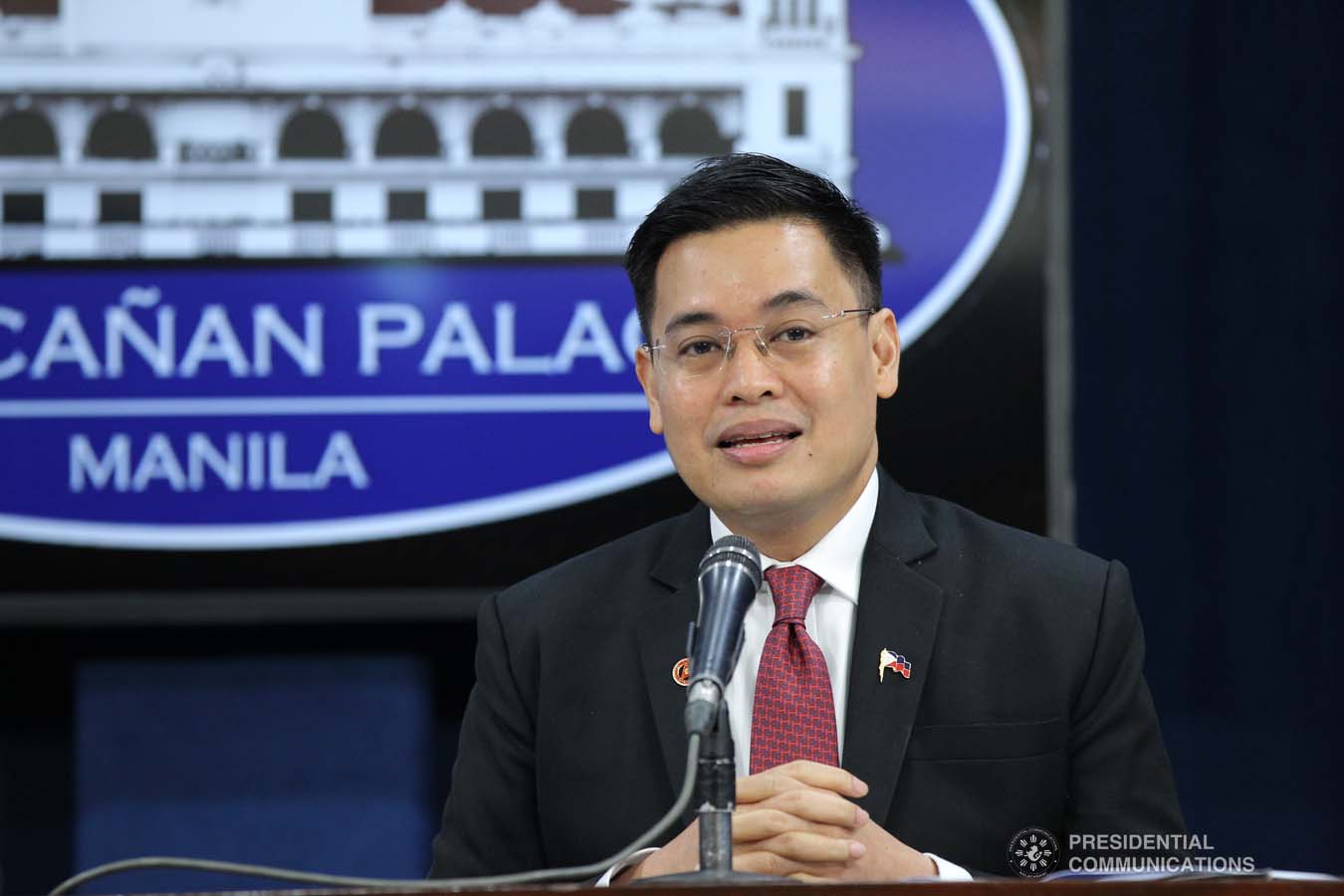News
Climate crisis more alarming, 40 areas in PH at most risk: CCC

In a media interface held Friday night at Malacañan Compound in San Miguel, Manila, CCC vice chairperson and executive director Robert Borje stressed the need to improve the country’s climate action plan to achieve resiliency and sustainability. (File Photo: YANCY LIM/PRESIDENTIAL PHOTO)
MANILA – The Climate Change Commission (CCC) has said that climate crisis is becoming “more alarming” for the Philippines with around 40 areas in the country considered most vulnerable to weather extremes fueled by climate change.
In a media interface held Friday night at Malacañan Compound in San Miguel, Manila, CCC vice chairperson and executive director Robert Borje stressed the need to improve the country’s climate action plan to achieve resiliency and sustainability.
“The climate crisis is alarming not just in the Philippines but in the entire world. Why? The IPCC (Intergovernmental Panel on Climate Change) has already identified it as an existential threat. When it’s an existential threat, ibig sabihin buhay na ang nakataya dito (it means that lives are already on the line),” Borje said.
“But it becomes more alarming for countries like the Philippines because we are a developing country, we are an archipelago and we are situated where we are,” he added.
While the Marcos administration is “on the right path” towards addressing climate change, Borje said it “can always do better” to mitigate the effects of “historic, global and systemic” phenomenon on the country.
“May iba’t ibang programang ginagawa ang pamahalaan pero kinakailangan pa talagang i-ramp up siya, paigtingin pa dahil nag-iiba ang nature ng hamon ng climate change (The government is implementing various programs, but it needs to boost and strengthen its efforts because of the shifts in the nature of challenges brought about by climate change),” he said.
He said the CCC is in close coordination with the Department of the Interior and Local Government (DILG), which is in charge of identifying the localities that are most affected by climate change.
He refused to identify the 40 areas that are at risk of climate disaster but noted that 35 of these are “for assessment.”
Borje said the cooperation between the CCC and the DILG aims to make sure that “100 percent” of the local government units (LGUs) nationwide are implementing their respective Local Climate Change Action Plans (LCCAPs).
He added that the 40 highly-vulnerable areas are the “focus of the whole-of-government approach,” considering that climate change has an adverse impact on the country’s development goals and objectives.
‘Yun ang (That is the) partnership ng (of the) CCC with the DILG, na gusto naming umabot ng (that we want to achieve) 100 percent. We know that the system is not perfect. We want better quality for LCCAP,” Borje said.
“So, ‘yung (the) coherent and integrated approach ang magiging siguro (would perhaps become) one of the bigger challenges that we have para magkaroon ng (to have) institutional and systemic solutions to the problems that we have,” he added.
Data from the CCC showed that LCCAP submissions increased by 95 percent from 715 submissions in 2021 to 1,397 as of Dec. 31, 2022.
The CCC’s target is to have 100 percent compliance from 1,715 LGUs by Fiscal Year 2024.
The LCCAP, which serves as the LGU’s plan for enhancing local climate resilience, includes information on fit-for-purpose climate actions anchored on site-specific risks and vulnerabilities.
Borje said the CCC also seeks to step up partnership with the private sector and its development partners to intensify the country’s fight against climate change.
“We can always do better. Always. I’m not saying na kulang pa (that it is not enough). We can always do better. Kasi (Because) I think, whenever we’ve done something, automatic sa gobyerno na, automatic sa tao na ‘yung benchmark tumaas (it is automatic that the benchmark for the government and the people become higher),” he said.
The Philippines has allocated USD8.2 billion, or 9 percent of its total national budget, for climate change adaptation and mitigation programs this year.
Climate action and disaster resilience are among the expenditure priorities that are reflected in the 2024 budget priorities framework, the Department of Budget and Management said earlier this month.
The CCC is the lead policy-making body of the government tasked to coordinate, monitor, and evaluate government programs and ensure mainstreaming of climate change in national, local, and sectoral development plans toward a climate-resilient and climate-smart Philippines.





















